
Majestic Wonders of Doi Suthep-Pui National Park
Discover the enchanting beauty and cultural richness of Doi Suthep-Pui National Park, Thailand's hidden gem in the heart of the northern mountains.
Nestled in the northern region of Thailand, Doi Suthep-Pui National Park is a treasure trove of natural beauty and cultural significance. The park spans over 260 square kilometers and is home to lush forests, cascading waterfalls, and diverse wildlife. As you explore this magnificent park, you will be enveloped in the serene ambiance of its verdant landscapes. One of the park's most iconic attractions is the Wat Phra That Doi Suthep, a sacred Buddhist temple perched atop a mountain. The temple provides a breathtaking panoramic view of the city of Chiang Mai below. The journey to the temple itself is an adventure, involving a scenic drive up the mountain and a climb up 306 steps, flanked by intricate Naga serpent railings. The park is also a haven for nature enthusiasts and hikers. The Mon Tha Than Waterfall and Huay Kaew Waterfall offer picturesque spots for a refreshing dip or a peaceful picnic. For those seeking a more challenging trek, the Doi Pui Summit presents a rewarding hike with spectacular vistas. The park's rich biodiversity includes rare bird species, making it a paradise for bird watchers. Doi Suthep-Pui National Park is not just about natural beauty; it is also steeped in local traditions and culture. Visiting the Hmong hill tribe village provides a glimpse into the lives of the indigenous people, their craftsmanship, and their unique way of life. The village market is a perfect place to purchase handmade souvenirs and traditional garments. Whether you are a history buff, a nature lover, or simply seeking tranquility, Doi Suthep-Pui National Park offers an unforgettable experience that captures the essence of Thailand's natural and cultural heritage.
Local tips in Doi Suthep-Pui National Park
- Visit early in the morning to avoid crowds at Wat Phra That Doi Suthep and enjoy a peaceful experience.
- Wear comfortable shoes for hiking and climbing the temple steps.
- Bring a light jacket as temperatures can be cooler at higher elevations.
- Respect local customs by dressing modestly when visiting the temple.
- Carry cash for entrance fees and purchases at the Hmong village market.
Majestic Wonders of Doi Suthep-Pui National Park
Nestled in the northern region of Thailand, Doi Suthep-Pui National Park is a treasure trove of natural beauty and cultural significance. The park spans over 260 square kilometers and is home to lush forests, cascading waterfalls, and diverse wildlife. As you explore this magnificent park, you will be enveloped in the serene ambiance of its verdant landscapes. One of the park's most iconic attractions is the Wat Phra That Doi Suthep, a sacred Buddhist temple perched atop a mountain. The temple provides a breathtaking panoramic view of the city of Chiang Mai below. The journey to the temple itself is an adventure, involving a scenic drive up the mountain and a climb up 306 steps, flanked by intricate Naga serpent railings. The park is also a haven for nature enthusiasts and hikers. The Mon Tha Than Waterfall and Huay Kaew Waterfall offer picturesque spots for a refreshing dip or a peaceful picnic. For those seeking a more challenging trek, the Doi Pui Summit presents a rewarding hike with spectacular vistas. The park's rich biodiversity includes rare bird species, making it a paradise for bird watchers. Doi Suthep-Pui National Park is not just about natural beauty; it is also steeped in local traditions and culture. Visiting the Hmong hill tribe village provides a glimpse into the lives of the indigenous people, their craftsmanship, and their unique way of life. The village market is a perfect place to purchase handmade souvenirs and traditional garments. Whether you are a history buff, a nature lover, or simply seeking tranquility, Doi Suthep-Pui National Park offers an unforgettable experience that captures the essence of Thailand's natural and cultural heritage.
When is the best time to go to Doi Suthep-Pui National Park?
Iconic landmarks you can’t miss
Wat Phra That Doi Kham
Discover tranquility and breathtaking views at Wat Phra That Doi Kham, a hidden gem of Chiang Mai's spiritual landscape.
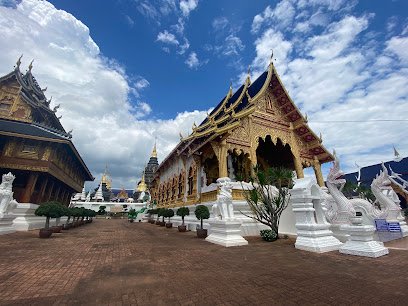
Wat Phra Singh Woramahawihan
Discover the serene beauty and rich history of Wat Phra Singh, a must-visit Buddhist temple in Chiang Mai, Thailand.
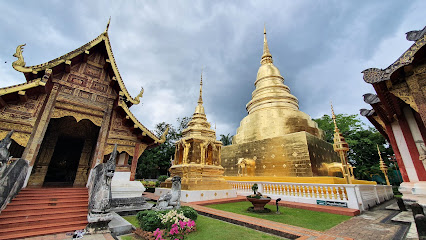
Wat Chedi Luang
Explore the historical splendor and spiritual serenity of Wat Chedi Luang, a must-visit Buddhist temple in Chiang Mai, Thailand.
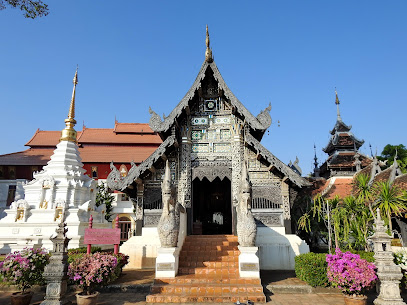
Wat Phra That Doi Suthep
Explore the breathtaking beauty and spiritual serenity of Wat Phra That Doi Suthep, a must-visit Buddhist temple in Chiang Mai, Thailand.
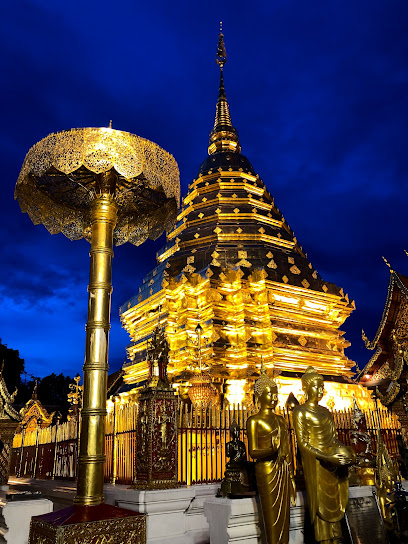
Wat Umong The Suan Buddha Dhamma
Explore Wat Umong, a historical Buddhist temple in Chiang Mai, known for its ancient tunnels, tranquil gardens, and authentic spiritual experience.

Royal Park Rajapruek
Explore Royal Park Rajapruek, a breathtaking botanical garden in Chiang Mai, showcasing stunning landscapes, cultural heritage, and serene surroundings.
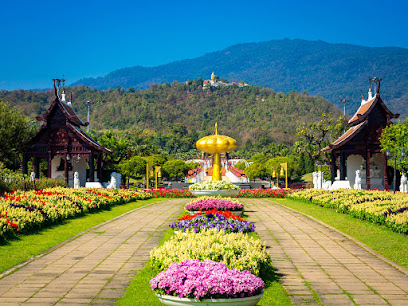
Three Kings Monument
Discover the rich cultural heritage of Chiang Mai at the iconic Three Kings Monument, a tribute to the city's legendary founders.
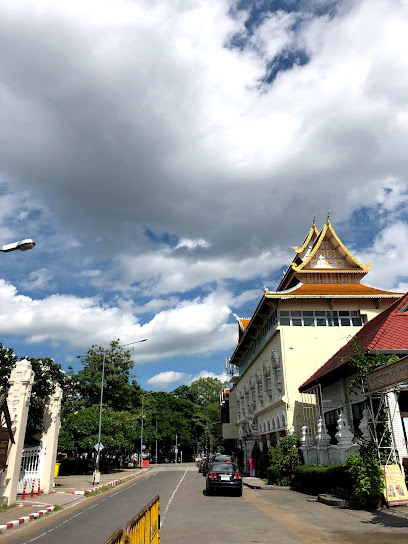
Kew Mae Pan nature trail
Explore the breathtaking landscapes of Kew Mae Pan Nature Trail in Chiang Mai, Thailand - a haven for hikers and nature lovers alike.
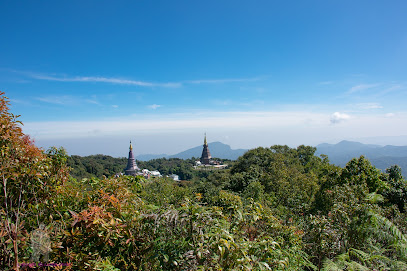
Tha Phae Walking Street
Experience the vibrant culture and flavors of Chiang Mai at Tha Phae Walking Street, a must-visit night market brimming with local delights.
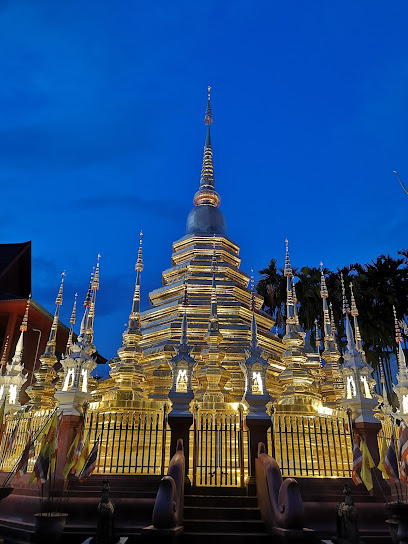
Hmong Doi Pui Village
Experience the rich cultural tapestry and breathtaking landscapes of Hmong Doi Pui Village in the Doi Suthep mountains, a unique Thai gem.
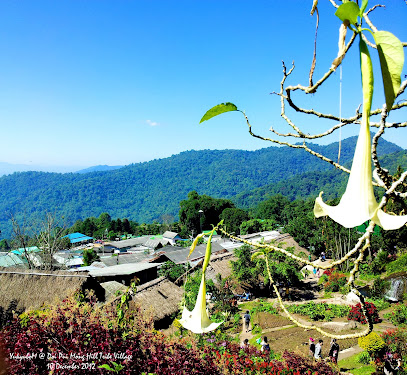
Wat Lok Moli
Explore the architectural beauty and tranquil ambiance of Wat Lok Moli, a must-visit Buddhist temple in the heart of Chiang Mai.
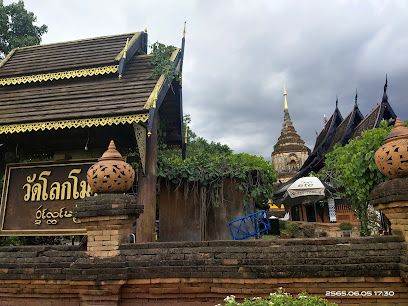
Wat Pha Lat
Experience the tranquility and beauty of Wat Pha Lat, a hidden temple gem in Chiang Mai surrounded by nature's splendor.
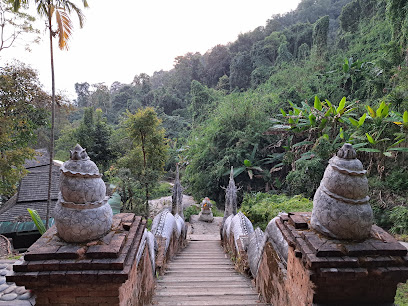
Bhubing Palace
Discover the serene beauty of Bhubing Palace, a royal retreat in Chiang Mai surrounded by stunning gardens and majestic mountain views.

Namtok Bua Tong-Nam Phu Chet Si National Park
Discover the stunning waterfalls and lush landscapes of Namtok Bua Tong-Nam Phu Chet Si National Park in Chiang Mai, Thailand’s breathtaking natural wonder.
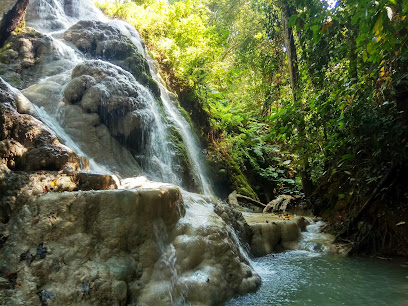
Wat Jed Yot, Phra Aram Luang
Explore the serene beauty and architectural splendor of Wat Jed Yot, a historic Buddhist temple in Chiang Mai, Thailand.
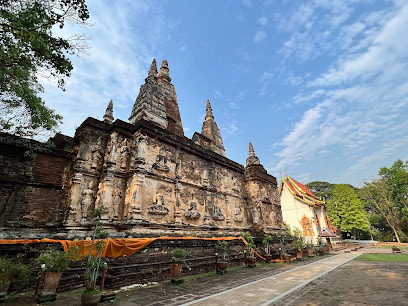
Unmissable attractions to see
Three Kings Monument
Explore the Three Kings Monument in Chiang Mai, a historic tribute showcasing the city's rich Lanna heritage and vibrant cultural scene.

Nong Buak Haad Public Park
Discover serenity at Nong Buak Haad Public Park in Chiang Mai, a perfect blend of nature, culture, and tranquility for every traveler.
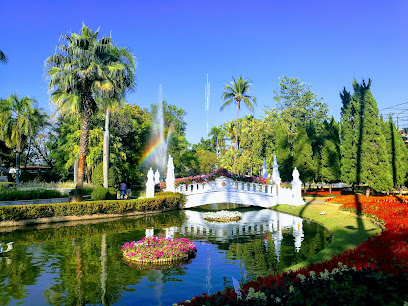
Mae Hia Fresh Market
Discover the vibrant Mae Hia Fresh Market in Chiang Mai, a bustling hub of local flavors and cultural experiences that truly encapsulates Thai life.
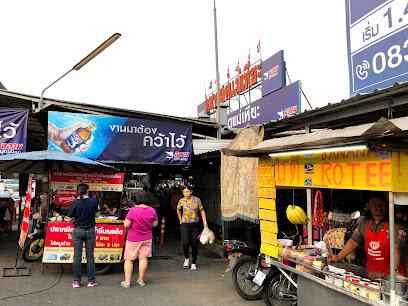
Wat Pa Dara Phirom Phra Aram Luang
Explore the mesmerizing beauty and spiritual depth of Wat Pa Dara Phirom in Chiang Mai, a serene Buddhist temple set in nature's embrace.
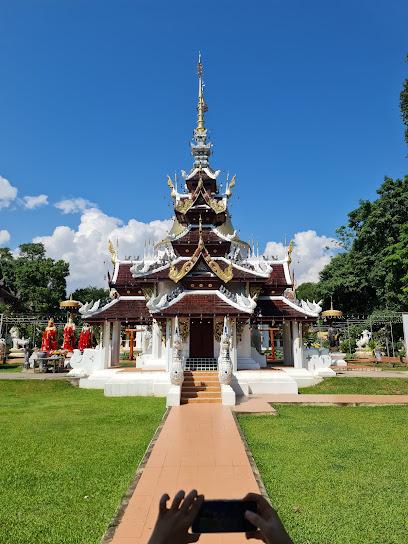
Angkaew Reservoir
Experience the tranquility and natural beauty of Angkaew Reservoir in Chiang Mai, a perfect retreat for relaxation and outdoor adventure.
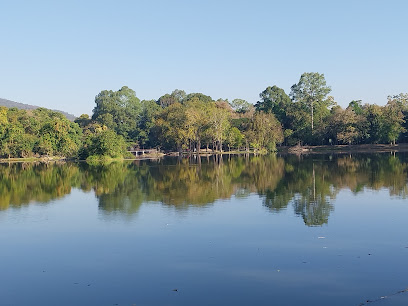
Dantewada
Discover the serene beauty and rich culture of Dantewada in Mae Taeng, Chiang Mai, a must-visit destination for every traveler.
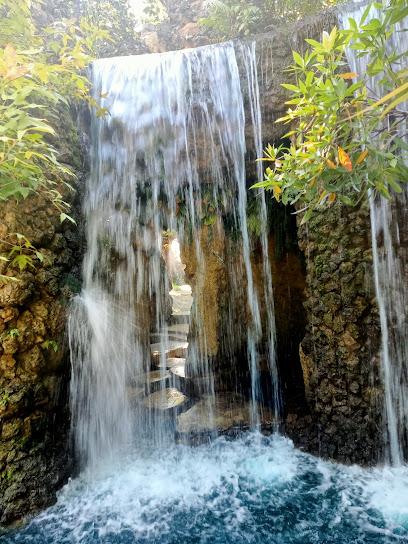
Khlong Mae Kha
Explore Khlong Mae Kha, a tranquil canal oasis in Chiang Mai, blending natural beauty with rich local culture and unforgettable experiences.
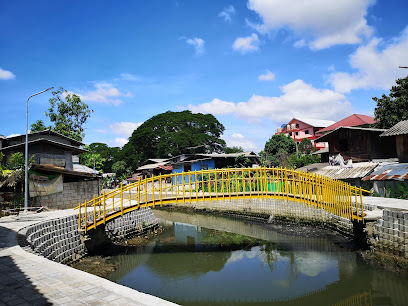
Mae Sa Elephant Camp
Explore the ethical haven of Mae Sa Elephant Camp in Chiang Mai, where you can interact with and learn about majestic elephants in a beautiful setting.
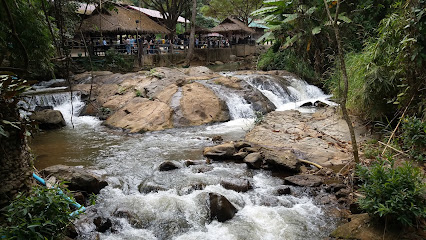
Chaloem Phra Kiat Pavilion Viewpoint
Experience breathtaking views and serene landscapes at Chaloem Phra Kiat Pavilion Viewpoint in Chiang Mai, a must-visit observation deck for all travelers.
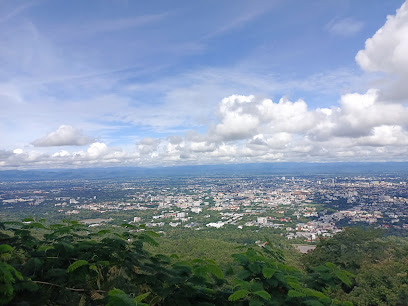
หอคำหลวง
Discover the breathtaking landscapes and rich biodiversity of Chiang Mai National Park, a natural gem in Thailand's northern region.
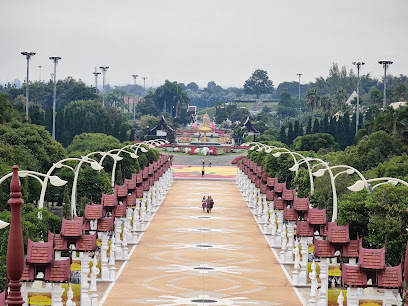
Wat Phantao
Discover the tranquil beauty of Wat Phantao, a stunning Buddhist temple in Chiang Mai, showcasing exquisite architecture and serene surroundings.
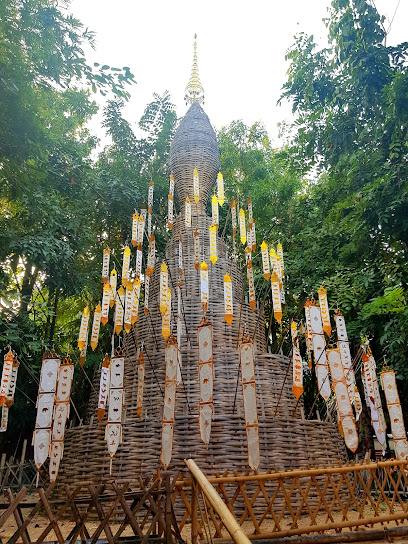
Huay Keaw Waterfall
Experience tranquility at Huay Keaw Waterfall in Chiang Mai, where nature's beauty and serenity await your discovery.
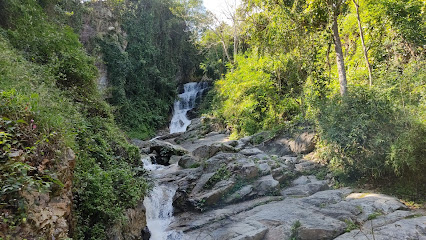
Wat Pha Lat Hike (Monk's trail)
Discover the tranquility of Wat Pha Lat Hike, a serene trail leading to breathtaking views and the peaceful Wat Pha Lat temple in Chiang Mai.

Lanna Folklife
Explore the vibrant culture and traditions of Northern Thailand at Lanna Folklife in Chiang Mai, a unique heritage museum experience.
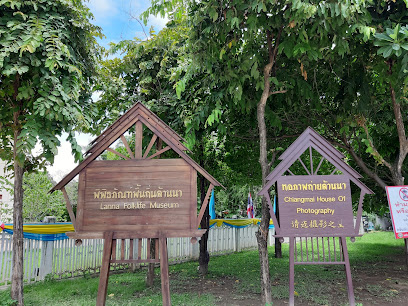
Ram Bar Chiangmai
Discover the electrifying nightlife at Ram Bar Chiangmai, where captivating performances and a welcoming atmosphere await in the heart of Chiang Mai.
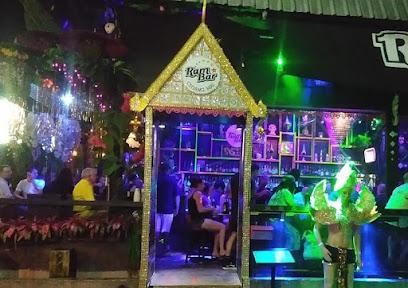
Essential places to dine
Galae Restaurant
Discover authentic Thai flavors at Galae Restaurant in Chiang Mai - where every dish tells a story.
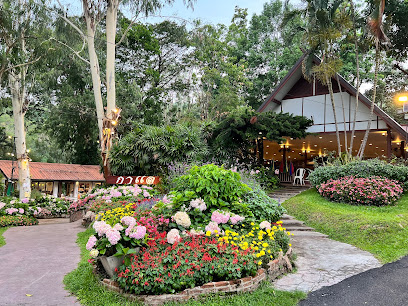
The Riverside Bar & Restaurant
Experience authentic Thai flavors at The Riverside Bar & Restaurant in Chiang Mai—where delicious cuisine meets stunning riverside views.
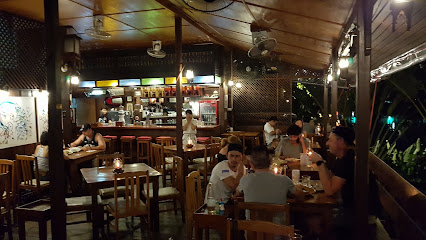
Reform Kafé - Vegan Garden Restaurant
Discover the vibrant flavors of plant-based cuisine at Reform Kafé in Chiang Mai's serene garden setting.
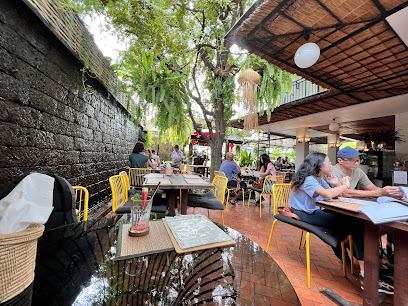
BOAT BAKERY
Experience delectable Thai and Western cuisine at Boat Bakery in Chiang Mai—an affordable gem perfect for breakfast or lunch.

Nun‘s Restaurant
Discover authentic Northern Thai flavors at Nun's Restaurant in Chiang Mai - a culinary haven for food lovers.
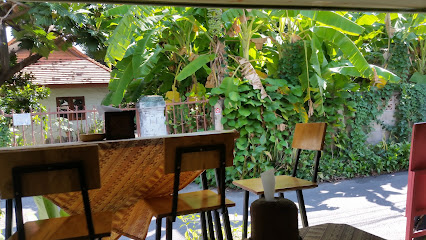
Sipolle Italian Food by Chef Dan
Discover authentic Italian cuisine at Sipolle by Chef Dan in Chiang Mai - where tradition meets freshness in every delightful dish.
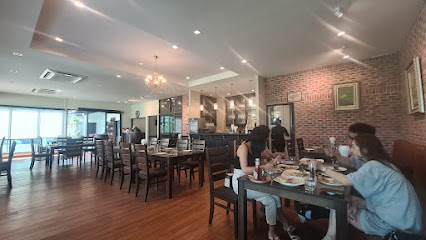
Palaad Tawanron Restaurant
Experience authentic Thai cuisine at Palaad Tawanron Restaurant in Chiang Mai - where tradition meets flavor in every dish.
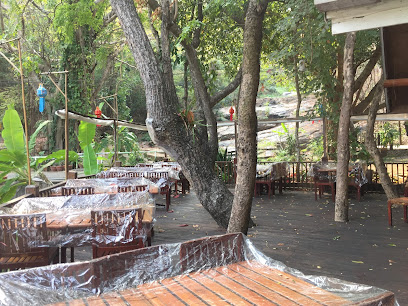
Another World
Discover authentic Thai flavors and delightful drinks at Another World, a top-rated restaurant and bar in Chiang Mai's vibrant culinary scene.
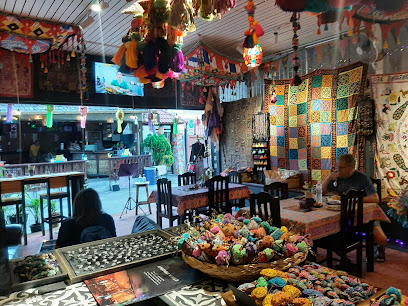
Supattra x JourneyMan
Discover the perfect blend of cozy ambiance and delicious Thai flavors at Supattra x JourneyMan in Chiang Mai.
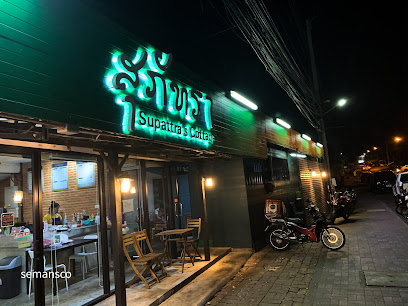
Dinky's BBQ
Discover the flavors of Thailand at Dinky's BBQ in Chiang Mai, where delicious barbecue meets a warm, welcoming atmosphere.
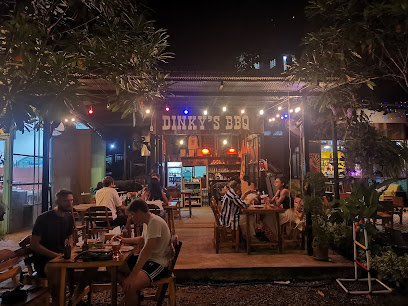
Jeong Atmosphere
Savor authentic Korean flavors in Chiang Mai's inviting atmosphere at Jeong Atmosphere.
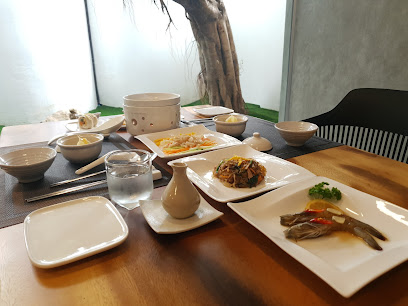
The Mexican Grill
Savor authentic Mexican cuisine at The Mexican Grill in Chiang Mai—where vibrant flavors meet a warm atmosphere.
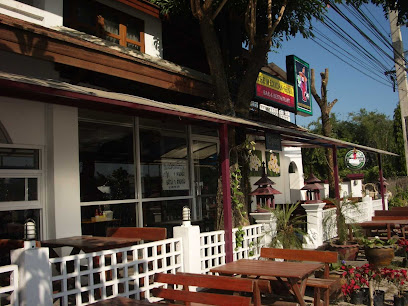
Huen Huai Kaeo Restaurant
Experience authentic Thai cuisine at Huen Huai Kaeo Restaurant in Chiang Mai, where tradition meets flavor in every dish.
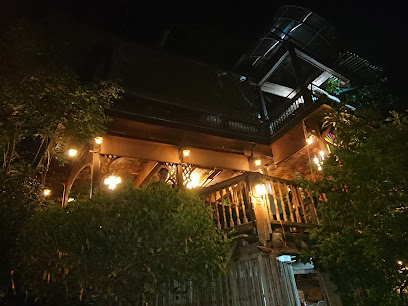
Khao Soi Loong Surin(Curry mee)
Experience authentic Northern Thai cuisine at Khao Soi Loong Surin, renowned for its delicious Khao Soi curry noodle soup in Chiang Mai.
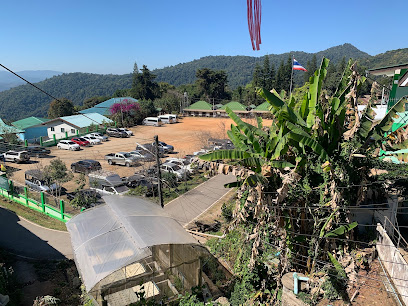
Srifaa's
Discover Srifaa's in Chiang Mai: A haven for vegetarians offering authentic Thai flavors in a cozy atmosphere.
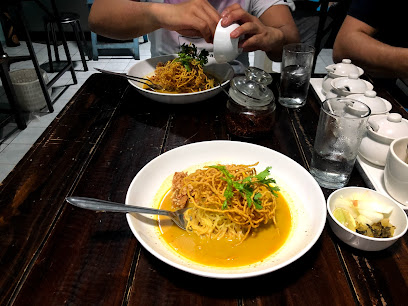
Markets, malls and hidden boutiques
MAYA Lifestyle Shopping Center Chiangmai
Experience the heart of Chiang Mai shopping and dining at Maya Lifestyle Shopping Center, where local culture meets modern flair.
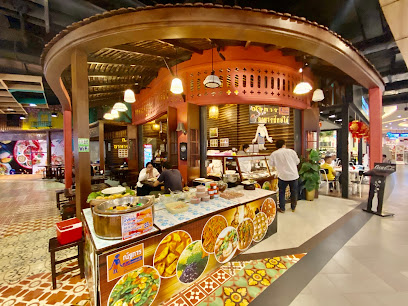
PaoPao Super Shop
Discover a vibrant array of gifts, toys, and essentials at PaoPao Super Shop in Chiang Mai – a unique shopping experience awaits!
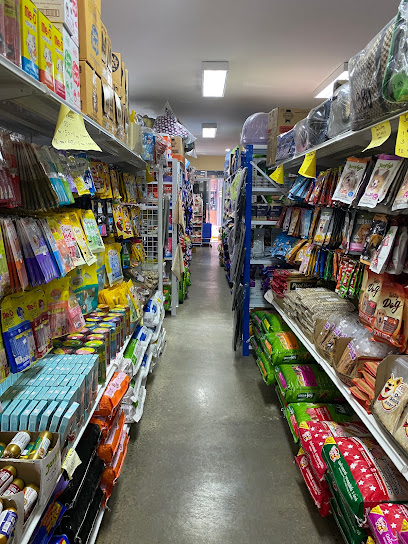
PLAYWORKS SHOP&CAFE
Explore unique souvenirs and indulge in delightful treats at PLAYWORKS SHOP&CAFE in Chiang Mai, the ultimate destination for travelers.
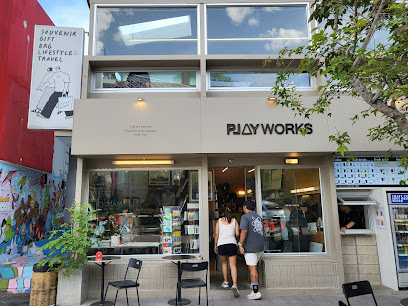
The Booksmith Bookshop
Discover a treasure trove of literature at The Booksmith Bookshop in Chiang Mai, where every book tells a story and every visit inspires.
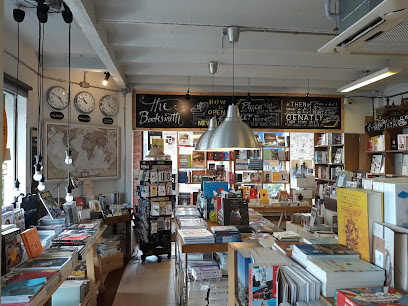
Dragonhome สินค้าแฟชั่น
Explore Dragonhome, Chiang Mai's premier gift shop for unique fashion items and handcrafted accessories celebrating Thai culture.
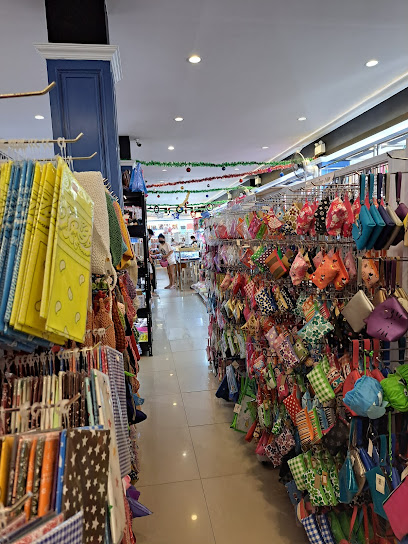
CINDER AND SMOKE
Discover the enchanting blend of perfumes, art, and handcrafted treasures at Cinder and Smoke in Chiang Mai, a cultural gem for every traveler.
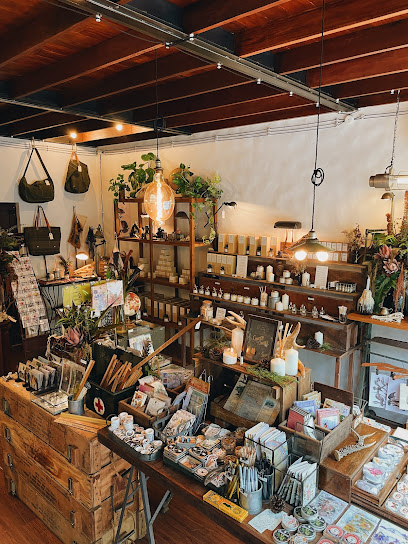
Takiang Vintage Store
Explore Takiang Vintage Store in Chiang Mai for unique vintage fashion and sustainable style, where every piece has a story.
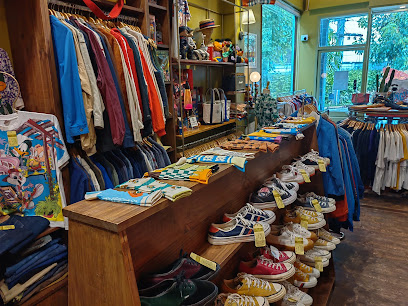
Herb Basics
Explore the rich herbal traditions of Thailand at Herb Basics, a charming gift shop in Chiang Mai's airport, offering authentic herbal products and souvenirs.
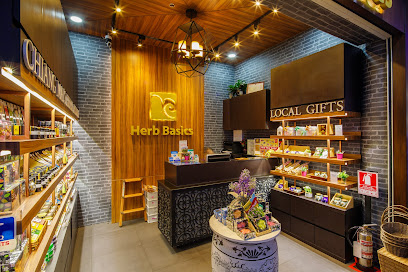
Pai Doi Coffee & Burger
Discover the perfect blend of aromatic coffee and delicious burgers at Pai Doi Coffee & Burger, your cozy retreat in Chiang Mai, Thailand.
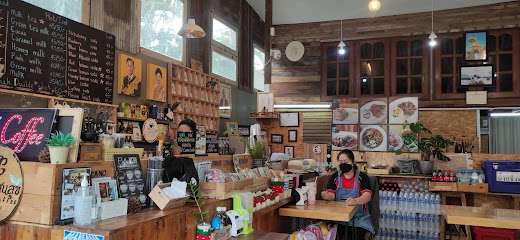
Kasem Store @Wing 41 (Chiangmai Kasemstore)
Explore a treasure trove of local and international foods at Kasem Store in Chiang Mai, a culinary haven for tourists and food lovers alike.
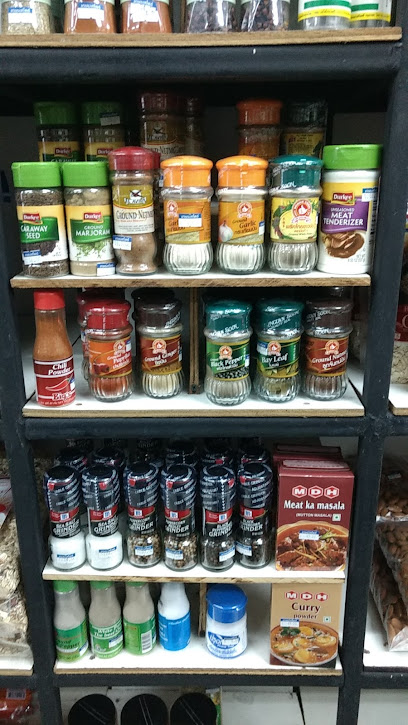
Suranat Leather Studio
Discover the artistry of leather at Suranat Leather Studio in Chiang Mai, where craftsmanship meets creativity in a unique shopping experience.
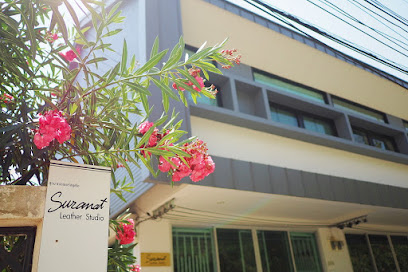
Chiang Mai University Cooperative Store
Explore the vibrant Chiang Mai University Cooperative Store, a treasure trove of local snacks, beverages, and unique souvenirs in the heart of Chiang Mai.
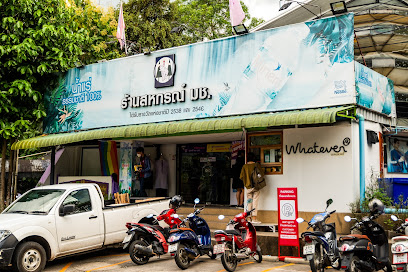
MINISO(Central Airport Chiangmai)
Explore MINISO in Central Airport Chiangmai for affordable, stylish gifts and unique treasures that embody the spirit of Thai shopping.
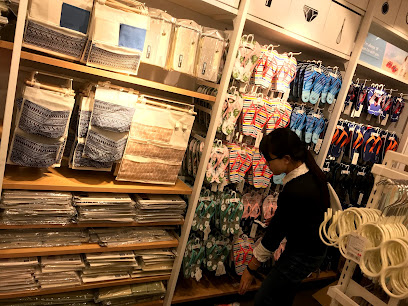
Pui Coffee
Experience the tranquil charm of Pui Coffee in Chiang Mai, where exquisite brews meet a serene ambiance for the perfect coffee retreat.
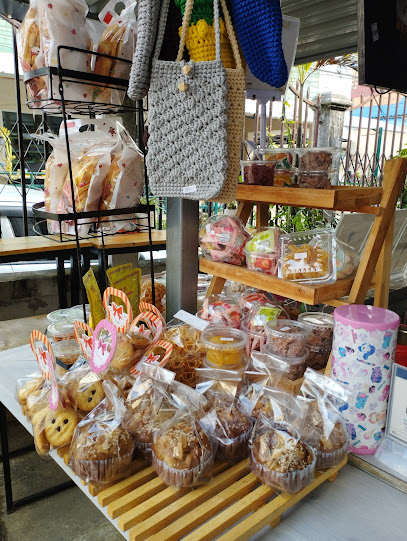
Loyfar shop One Nimman
Explore Loyfar Shop One Nimman for exquisite handcrafted gifts that reflect the beauty of Thai artistry in the heart of Chiang Mai.
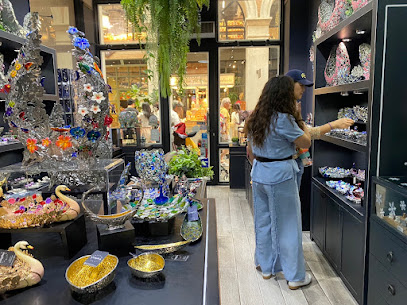
Essential bars & hidden hideouts
Zoe in Yellow
Discover Zoe in Yellow, a vibrant bar and nightclub in Chiang Mai, where nightlife comes alive with cocktails, dance, and unforgettable experiences.
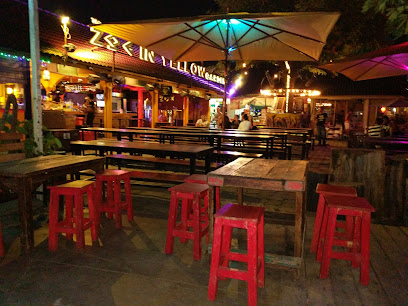
Beer Lab
Discover the vibrant craft beer culture at Beer Lab in Chiang Mai, where quality brews and a lively atmosphere await every visitor.
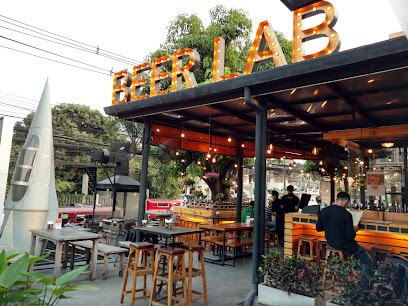
Myst MAYA Chiang Mai
Discover the vibrant nightlife of Chiang Mai at Myst MAYA, where craft cocktails and a lively atmosphere create unforgettable evenings.
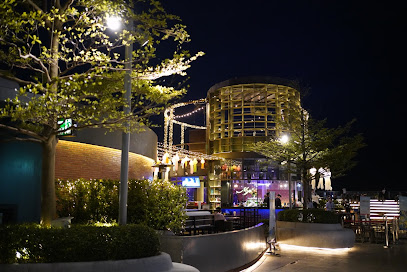
Roots Rock Reggae Chaingmai
Experience the vibrant fusion of Thai cuisine and reggae vibes at Roots Rock Reggae in Chiang Mai, a must-visit bar for every traveler.
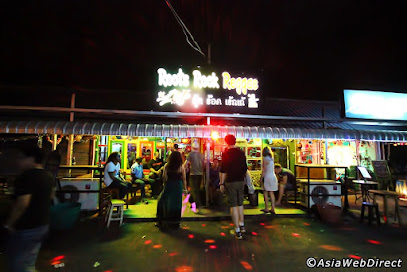
Nophaburi Bar | Thai Cocktail
Discover the vibrant nightlife at Nophaburi Bar, where Thai-inspired cocktails meet a lively atmosphere in the heart of Chiang Mai.
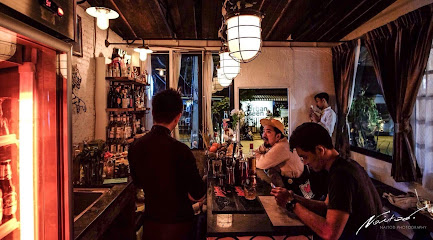
Rise Rooftop Bar
Experience breathtaking views and exquisite cocktails at Rise Rooftop Bar in Chiang Mai, the perfect spot to unwind and enjoy the cityscape.

My Bar
Discover My Bar in Chiang Mai: a cozy spot with creative cocktails and a vibrant atmosphere, perfect for unwinding after exploring the city.
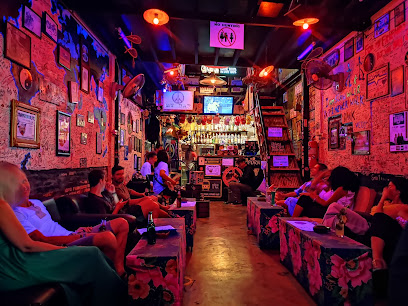
Good bar @ icon park
Discover the vibrant nightlife at Good Bar in Icon Park, Chiang Mai, where great drinks and a lively atmosphere await you.
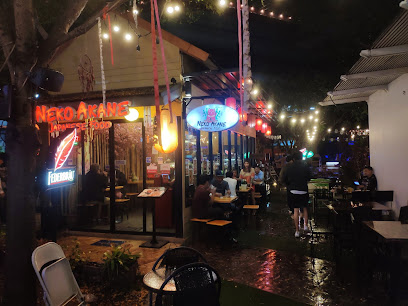
Rush Bar
Experience the vibrant nightlife at Rush Bar in Chiang Mai, where great drinks and lively atmosphere meet local culture.
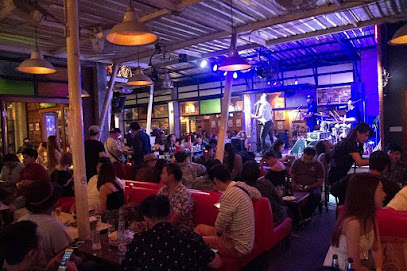
Surr Bar
Experience the art of mixology at Surr Bar in Chiang Mai, where stunning views and creative cocktails come together to create a memorable night out.
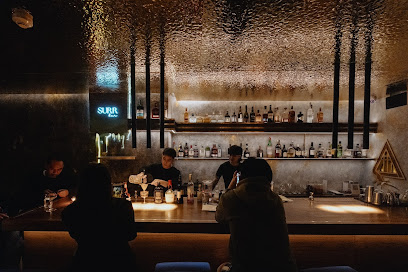
The camellia cafe & music bar
Experience Chiang Mai's lively nightlife at The Camellia Café & Music Bar with live music, delicious drinks, and a welcoming atmosphere.
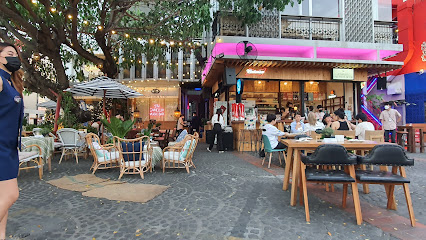
East Bar
Discover the lively nightlife at East Bar in Chiang Mai, where great drinks, live music, and a vibrant atmosphere come together for an unforgettable experience.
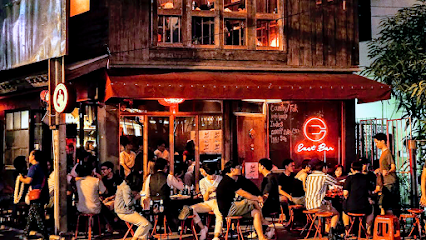
Shelby Bar
Unwind at Shelby Bar, Chiang Mai's vibrant nightlife hub offering delightful drinks, lively ambiance, and unforgettable experiences.
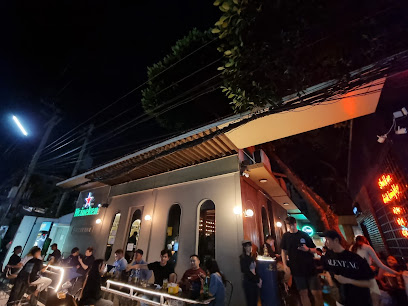
Puravida Latin Bar & Cigar Lounge
Experience the vibrant nightlife of Chiang Mai at Puravida Latin Bar & Cigar Lounge, where exceptional cocktails meet a lively atmosphere.
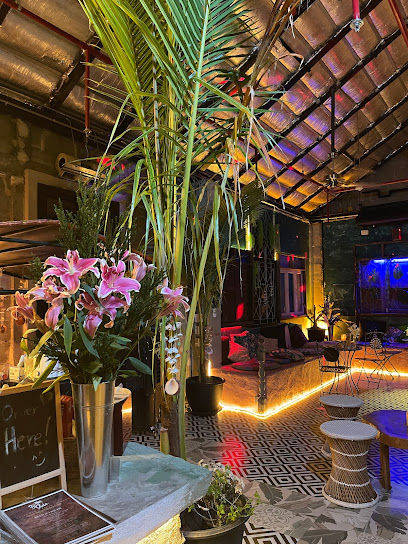
Forbidden bar
Experience a vibrant cocktail scene at Forbidden Bar in Chiang Mai, where mixology meets Thai culture in a uniquely inviting atmosphere.
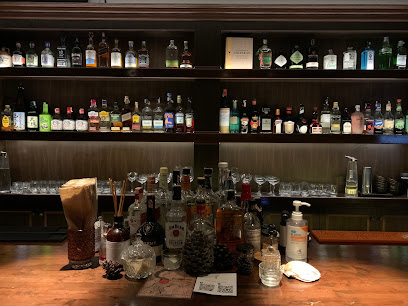
Local Phrases about Doi Suthep-Pui National Park
-
- Helloสวัสดี
[sawasdee] - Goodbyeลาก่อน
[laa kon] - Yesใช่
[chai] - Noไม่
[mai] - Please/You're welcomeโปรด/ยินดีต้อนรับ
[prode/yindee ton rap] - Thank youขอบคุณ
[kop khun] - Excuse me/Sorryขอโทษ
[kor toht] - How are you?สบายดีไหม
[sabai dee mai] - Fine. And you?สบายดีครับ คุณล่ะ
[sabai dee krap kun la] - Do you speak English?คุณพูดภาษาอังกฤษได้ไหม
[kun poot paa saa angkrit dai mai] - I don't understandฉันไม่เข้าใจ
[chan mai khao jai]
- Helloสวัสดี
-
- I'd like to see the menu, pleaseฉันอยากดูเมนู โปรด
[chan yak doo menu prode] - I don't eat meatฉันไม่กินเนื้อ
[chan mai gin neuua] - Cheers!ชนส่วนใหญ่!
[chon suan yai] - I would like to pay, pleaseฉันอยากจ่ายเงิน โปรด
[chan yak jai ngern prode]
- I'd like to see the menu, pleaseฉันอยากดูเมนู โปรด
-
- Help!ช่วยด้วย!
[chuay duay] - Go away!ไปห่างๆ ไป!
[pai yang yang pai] - Call the Police!โทรตำรวจ!
[tor tamruat] - Call a doctor!โทรหมอ!
[tor mor] - I'm lostฉันหลงทาง
[chan long tang] - I'm illฉันไม่สบาย
[chan mai sabai]
- Help!ช่วยด้วย!
-
- I'd like to buy...ฉันอยากซื้อ...
[chan yak seuu...] - I'm just lookingฉันแค่ดูอย่างเดียว
[chan kae doo yang diao] - How much is it?ราคาเท่าไหร่
[ra kha thao rai] - That's too expensiveแพงเกินไป
[paeng gein pai] - Can you lower the price?ลดราคาได้ไหม
[lot ra kha dai mai]
- I'd like to buy...ฉันอยากซื้อ...
-
- What time is it?เวลาเท่าไหร่
[wela thao rai] - It's one o'clockเวลาหนึ่งโมง
[wela neung mong] - Half past (10)สามทุ่ม
[sam tum] - Morningเช้า
[chao] - Afternoonบ่าย
[bai] - Eveningเย็น
[yen] - Yesterdayเมื่อวาน
[meua wan] - Todayวันนี้
[wan ni] - Tomorrowพรุ่งนี้
[phung ni] - 1หนึง
[neung] - 2สอง
[song] - 3สาม
[sam] - 4สี่
[si] - 5ห้า
[ha] - 6หก
[hok] - 7เจ็ด
[jet] - 8แปด
[paet] - 9เก้า
[kao] - 10สิบ
[sip]
- What time is it?เวลาเท่าไหร่
-
- Where's a/the...?...อยู่ที่ไหน
[...yu tee nai] - What's the address?ที่อยู่คืออะไร
[tee yu keu arai] - Can you show me (on the map)?คุณแสดงให้ฉันดูได้ไหม
[kun sa daeng hai chan doo dai mai] - When's the next (bus)?รถเมล์ต่อไปเมื่อไหร่
[rot mel tor pai meua rai] - A ticket (to ....)ตั๋ว (ไปที่ ....)
[dtua (pai tee ...)]
- Where's a/the...?...อยู่ที่ไหน
History of Doi Suthep-Pui National Park
-
One of the most significant historical and cultural landmarks in Doi Suthep-Pui National Park is the Wat Phra That Doi Suthep temple. Founded in 1383, the temple is said to have been established following a vision by King Nu Naone of Lan Na Kingdom. The temple's origins are tied to the legend of a white elephant carrying a holy relic to the mountain, where it died, signaling the spot for the temple's construction.
-
The legend of the white elephant is integral to the history of Doi Suthep. According to the tale, a sacred relic of the Buddha was mounted on the back of a white elephant, which was then released into the jungle. The elephant climbed Doi Suthep mountain, trumpeted three times, and died. This event was interpreted as a divine sign for King Nu Naone to construct a temple at the site.
-
In the 16th century, the grand staircase leading up to Wat Phra That Doi Suthep was constructed. This 306-step staircase is flanked by intricately designed Naga serpents, which are believed to protect the temple. The serpents are an excellent example of northern Thai Lanna architectural style and craftsmanship.
-
Bhubing Palace was constructed in 1961 as a royal residence for the Thai royal family during state visits to Chiang Mai. Situated within the national park, the palace is surrounded by beautiful gardens and is an example of modern Thai architecture. It remains a popular tourist attraction when the royal family is not in residence.
-
Doi Suthep-Pui National Park was officially established in 1981, covering an area of 261 square kilometers. The park was named after its two main peaks, Doi Suthep and Doi Pui, and is known for its rich biodiversity, including numerous plant species, birds, and mammals.
-
The Hmong village located near Doi Pui peak has a history dating back over a century. Originally opium farmers, the Hmong people transitioned to cultivating temperate crops such as peaches and coffee under royal projects initiated by King Bhumibol Adulyadej. The village offers a glimpse into Hmong culture and traditional lifestyles.
-
In the 1960s, the Thai Red Cross played a significant role in developing health and sanitation in the remote areas of Doi Suthep-Pui. Through various programs and initiatives, they improved the living conditions and health care of the local communities, particularly the hill tribes.
-
Every year, thousands of devotees make a pilgrimage to Wat Phra That Doi Suthep during the Buddhist festival of Visakha Bucha. The event commemorates the birth, enlightenment, and death of the Buddha. The pilgrimage route is illuminated by candlelight and filled with chanting and prayers, creating a deeply spiritual atmosphere.
Doi Suthep-Pui National Park Essentials
-
Doi Suthep-Pui National Park is located near Chiang Mai in northern Thailand. The nearest airport is Chiang Mai International Airport (CNX), which is approximately 15 kilometers away. From the airport, you can take a taxi or use ride-hailing services to reach the park. Additionally, many tour operators in Chiang Mai offer day trips to the national park.
-
Within the park, the most common modes of transportation are songthaews (red trucks), bicycles, and motorbikes. Songthaews are shared taxis that can take you to major attractions within the park. For a more flexible experience, consider renting a bicycle or a motorbike. Walking is also a great option for exploring the park's trails and enjoying its natural beauty.
-
The official currency in Thailand is the Thai Baht (THB). Credit and debit cards are widely accepted in Chiang Mai and at major attractions within the park. However, it is advisable to carry some cash, especially for small purchases and in more remote areas of the park. ATMs are available in Chiang Mai, and some may be found near the park entrance.
-
Doi Suthep-Pui National Park is generally safe for tourists. However, it is always wise to take standard precautions. Be mindful of your belongings, especially in crowded areas. Avoid wandering off the trails, as some areas can be quite rugged and isolated. There are no specific high-crime areas targeting tourists within the park, but it is always best to stay vigilant.
-
In case of an emergency, dial 191 for police assistance or 1669 for medical emergencies. The nearest hospital is in Chiang Mai, which is well-equipped to handle medical issues. It is recommended to carry a basic first-aid kit and ensure you have travel insurance that covers medical emergencies. Park rangers are also available to assist in case of any issues.
-
Fashion: Do wear comfortable and modest clothing suitable for hiking. Avoid wearing revealing clothing, especially when visiting temples. Religion: Do show respect at religious sites, such as Wat Phra That Doi Suthep. Remove your shoes before entering temples and dress modestly. Public Transport: Do be respectful to drivers and fellow passengers. Don't eat or drink on public transport. Greetings: Do greet locals with a 'wai' (a slight bow with hands pressed together). Eating & Drinking: Do try local delicacies and drink plenty of water to stay hydrated. Don't refuse food offerings, as it is considered impolite.
-
To experience Doi Suthep-Pui National Park like a local, visit during the early morning or late afternoon to avoid crowds and enjoy cooler temperatures. Take a hike on one of the lesser-known trails for a more serene experience. Engage with local vendors and try traditional Thai snacks. Don't miss the stunning view of Chiang Mai from the top of Doi Suthep, especially at sunset.
Trending Landmarks in Doi Suthep-Pui National Park
-
Wat Phra That Doi Kham
-
Wat Phra Singh Woramahawihan
-
Wat Chedi Luang
-
Wat Phra That Doi Suthep
-
Wat Umong The Suan Buddha Dhamma
-
Royal Park Rajapruek
-
Three Kings Monument
-
Kew Mae Pan nature trail
-
Tha Phae Walking Street
-
Hmong Doi Pui Village
-
Wat Lok Moli
-
Wat Pha Lat
-
Bhubing Palace
-
Namtok Bua Tong-Nam Phu Chet Si National Park
-
Wat Jed Yot, Phra Aram Luang
Nearby Cities to Doi Suthep-Pui National Park
-
Things To Do in Pai
-
Things To Do in Mae Hong Son
-
Things To Do in Chiang Rai
-
Things To Do in Nan
-
Things To Do in Sukhothai
-
Things To Do in Kyaiktiyo
-
Things To Do in Hpa-An
-
Things To Do in Inle Lake
-
Things To Do in Naypyidaw
-
Things To Do in Kalaw
-
Things To Do in Loei
-
Things To Do in Muang Sing
-
Things To Do in Luang Prabang
-
Things To Do in Yangon
-
Things To Do in Vang Vieng









